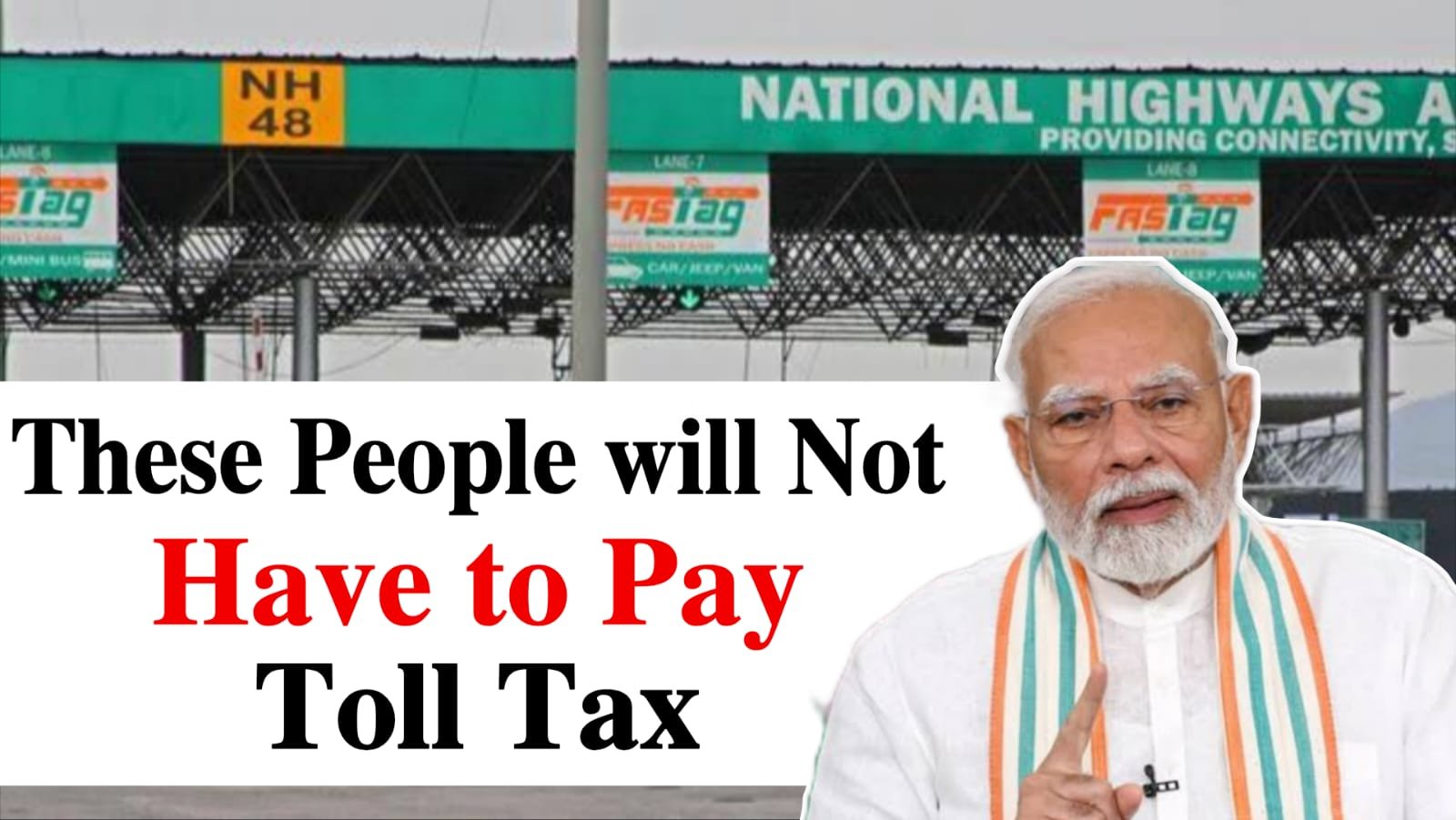Toll Tax Rules : Every day, millions of people in India travel from one place to another using national highways and state highways. To maintain these roads and ensure smooth transportation, the government charges toll tax at different toll plazas. However, not every expressway or highway has the same toll fee, as charges may vary depending on the location and the type of road.
But here’s the good news—under certain circumstances, you don’t have to pay any toll at all. Yes, according to the rules of the National Highways Authority of India (NHAI), some exceptions allow you to cross a toll plaza completely free of cost. Let’s understand these toll tax rules in detail.
What is Toll Tax and Why is it Charged?
Toll tax is a fee collected from vehicles using expressways, highways, and bridges. The main purpose of this tax is to cover the cost of:
- Road construction
- Repair and maintenance
- Better infrastructure and safety
-
Ensuring smoother and faster travel
Toll plazas are generally set up at certain intervals (measured in kilometers) on highways so that road users contribute to maintaining road quality and reducing the burden on government funds.
NHAI Rules: The Key to Saving Toll Tax
Every day, crores of vehicles pass through toll plazas across India. Due to this, long queues and traffic congestion at toll plazas are very common. To solve this problem and make travel smoother, NHAI introduced new toll rules in 2021.
According to this rule, no vehicle should wait for more than 10 seconds at any toll plaza. If the toll operator is unable to process the payment within 10 seconds, the vehicle is allowed to pass through without paying any toll tax.
This rule was specially designed to reduce unnecessary delays and improve the travel experience for drivers.
No Toll Tax If Queue is More Than 100 Meters
Another major relief for drivers comes with the 100-meter rule. As per NHAI guidelines:
- If the queue at a toll plaza exceeds 100 meters, vehicles do not have to pay toll tax.
-
To mark this distance, a yellow line is painted on the road. If your vehicle is beyond this yellow line, you are exempted from paying toll fees.
This step was taken to prevent massive traffic jams and to save time for commuters.
Exemption in Case of Technical Issues
Apart from traffic rules, toll tax can also be waived in case of technical failures. For example:
- If the FASTag scanning machine is not working properly, you don’t have to pay toll tax.
-
If there is a system failure at the toll plaza, vehicles are allowed to pass without payment.
This ensures that drivers are not harassed or forced to wait due to technical errors.
NHAI Helpline for Complaints
If you ever face problems at a toll plaza, such as being wrongly charged or forced to pay despite being eligible for exemption, you can contact the NHAI helpline number 1033. This helpline is available to assist road users with toll-related grievances and provide quick solutions.
Summary of Toll-Free Rules in India
To make it simple, here are the conditions when you don’t need to pay toll tax:
- If you wait for more than 10 seconds at a toll booth.
- If the queue at the toll plaza exceeds 100 meters (beyond the yellow line).
-
If FASTag equipment or other toll systems fail.
Final Thoughts
Toll tax is an important source of revenue that helps maintain the country’s highways and provide better road facilities. However, the rules introduced by NHAI ensure that drivers are not unnecessarily burdened due to long queues or technical glitches.
Next time you’re stuck in a toll plaza queue, remember these rules—you might be eligible to cross without paying a single rupee.



